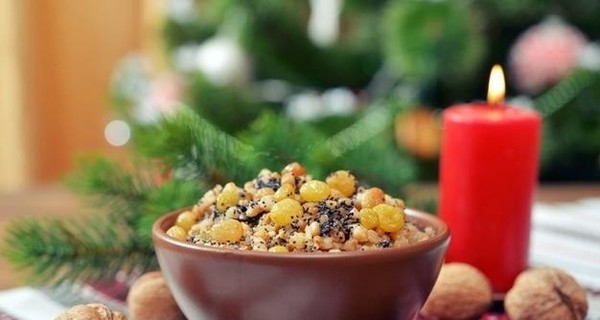Food waste is particularly noticeable on public holidays. If you ended up throwing away too much food this year, this article can help you avoid leftovers in the future.
Christmas comes every year. We want to feast on the holidays, but still – and rightly so – not buy too much food. Nevertheless, planning the right amount of food often resembles a science. For most people, too much ends up in the shopping basket and in the bin after the holidays. According to the consumer center, Germans throw away 12 million tons of food every year. Occasions and holidays such as Christmas are often triggers for this.
You can avoid wasting food at Christmas and afterwards with a few tips.
This is how you avoid wasting food at Christmas

Even before you go to the supermarket, a few considerations will keep you from overstocking your fridge:
How many guests are coming? Who eats a lot and who prefers small portions? This overview will help you to better weigh the amounts of food. You can use the portion planner on the consumer advice center website to calculate the exact amounts.
Write a shopping list and try to stick to it.
Don’t go shopping hungry. Evidence shows that hungry people make more impulse purchases and are less likely to stick to their shopping list. This doesn’t just apply to food!
If you still have leftovers, you can store them as follows:
Put leftover food in airtight food storage containers (available at **Avocadostore, for example) or cover them before putting them in the fridge – this way food will last at least two days. You can learn more about sustainable alternatives to cling film here: Bee’s Wrap: plastic-free film for food.
Many leftovers can be frozen without much effort. You can do without conventional packaging and freeze it plastic-free: Freezing food without plastic: 5 tips.
Properly stored bread stays fresh longer. You can put it in a bread bin or in a crock pot. You can leave stale bread in a covered pot with a little water on the bottom overnight. It is important that the bread does not lie in the water, but that you create a distance between the water and the bread with forks or a sieve. The bread absorbs moisture and becomes fresh again.
Use leftovers at Christmas time
If there are leftovers, you don’t have to go straight to the garbage can. Some of the following foods are often left over at Christmas.
You can use leftover noodles, for example, as a soup ingredient, in a noodle salad or as a noodle casserole with vegetables.
Dumplings work when sliced and fried as dumpling gröstl, in a vegetable casserole or dressed sourly as a dumpling salad.
You can dry leftover bread and use it to make croutons or serve it as a toast. You can find more tips here: Bread is not rubbish – this is how you can recycle old bread.
Process cooked vegetables (e.g. leftovers from a vegetable soup) and raw vegetable strips into a layered salad. The recipe follows in the next paragraph.
Store leftover fish in the fridge immediately so you can eat it the next day. You can use it as a topping for bread or in a salad, for example.
You can use old cookies such as speculoos in a speculoos cake or speculoos tiramisu. You can find more inspiration here: Using leftover biscuits: Recipes for different types of biscuits or Using old gingerbread: Tasty recipes and tips.
When baking cookies, you often only need the yolk. You can store raw egg whites in an airtight container for two to three days. For example, you can use the leftover protein to bake biscuits with protein or test one of our protein recipes.
You can make dried-out Christmas stollen edible again in the same way as French knights or use them to make sweet Christmas dumplings.
Layered salad to use up leftovers

This vegetable salad is a delicious muddle of leftover cooked and raw ingredients. Only the snipping takes some time, because the cubes should be very fine. Of course, you can also omit ingredients and modify the salad depending on your taste or what the leftovers are made of.
Ingredients:
1 small can of corn or leftover cooked corn
1 small can of peas or leftover cooked peas
cooked parsley root
boiled celery
cooked and/or raw carrots
cooked potatoes
1 raw pepper
1apples
1pickle
1 onion
1boiled egg
Salt, pepper and spices to taste
Directions:
Chop everything into fine little cubes and mix the ingredients in a large bowl.
Mix everything with homemade salad mayonnaise. Decide for yourself whether you just glaze the salad or take a good blob. Make sure that the mayonnaise is made from organic eggs and that it’s best to use non-chicken shredded eggs. Without eggs and with a mayonnaise without eggs, the salad can also be enjoyed by vegans.
Season the layered salad with salt, pepper and spices of your choice.
